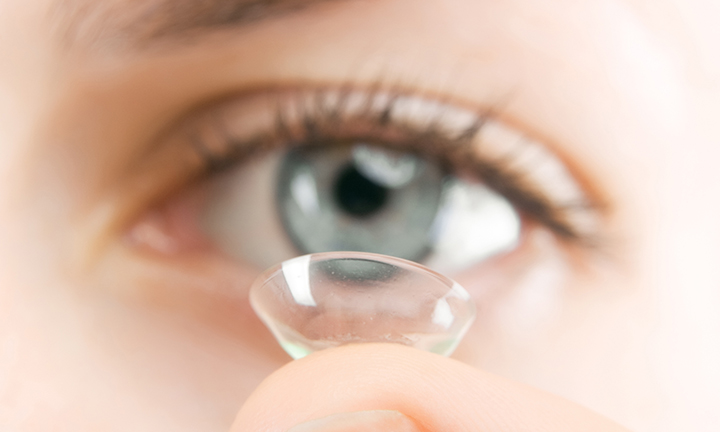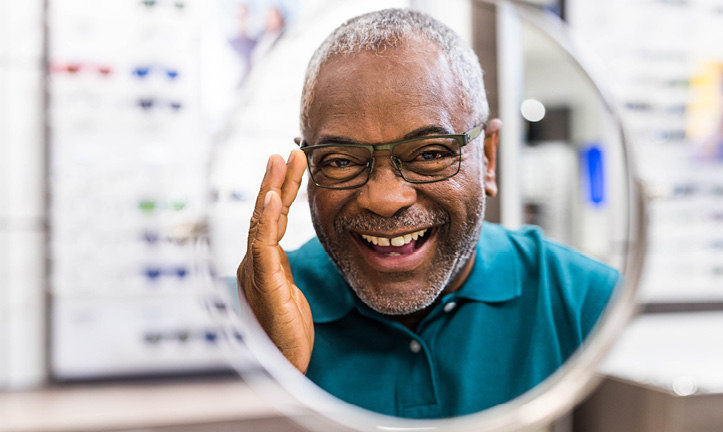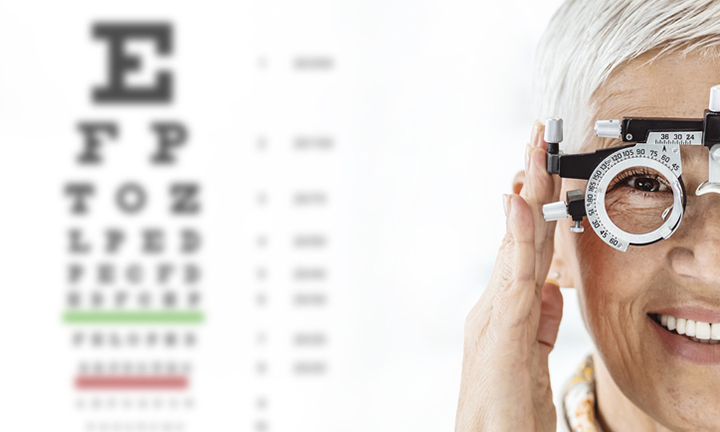
When it comes to choosing the best glasses for your children, there are a lot of factors you’ll want to get right. You’ll want to find a pair of glasses in the style that your child will want to wear, while still buying glasses that won’t wear out or break easily. The hundreds of available glasses frame types can be overwhelming, but not all of them will be a suitable match for your child.
Here are some helpful tips to consider when you visit your local eye doctor to get the best, and most durable, glasses for your child:
- Best Glasses Frame Material
Children’s eyewear consists of either metal or plastic frames. Plastic was once considered better for children’s eyeglass frames because of greater durability, lighter weight, and less expensive prices. However, since manufacturers started making metal frames that match these features of plastic frames, metal frames are no longer off limits.
It’s best to take your child’s preference into consideration, as he or she might consider one style more comfortable than the other. If your child has allergies to certain metals, ask for hypoallergenic materials. And if the lenses are thick, try to find the lightest frame so the glasses won’t be uncomfortably heavy.
- Best Glasses Bridge Fit
The bridge helps glasses stay in place and is an essential part of the fitting process. If a pair slides down your child’s nose, he or she might opt to look over the top of the lenses rather than pushing the pair up.
Though some children prefer the feel of plastic frames without nose pads, such glasses often slide down smaller faces where nose bridges have not yet developed. Metal frames have such adjustable pads so that they fit everyone. Any gap between the bridge of the frame and the bridge of the nose will cause glasses to slide. If you still aren’t sure, feel free to ask an optician if the pair fits properly.
- Best Lenses for Children
If you value impact-resistant material without the increased weight, look into polycarbonate lenses. The manufacturer covers them in a scratch-resistant coating and built-in UV ray protection. Though they seem a bit pricier than regular plastic, they actually compare well with plastic lenses that are also coated against scratches and UV rays.
When it comes to other viable options, Trivex lenses offer the same features but cost a little more than polycarbonate. Avoid glass lenses—the moment they break they shatter and become a danger to your child’s eyes. Due to safety and liability issues, most optical stores don’t sell children’s glasses with glass lenses at all.
- Types of Temples
If you’re shopping for a younger child, you may want to look into cable temples. This temple style wraps around a child’s ear in order to keep them in place. They are especially helpful to prevent glasses from slipping down or falling off of toddlers.
If your child only requires eyewear for part of the time, however, cable temples could be awkward to take on and off. For these youngsters, try to pick up a pair with skull (“regular”) temples. Spring hinges give temples more flexibility, preventing potential damage caused by rough play or toddlers fiddling with their new specs.
- Style and Color
If this is your child’s first-time wearing glasses, they may worry about being teased or picked on at school and resist wearing them at all. To combat this, be sure to give them a chance to choose their own pair—they’ll be much more likely to wear them if they themselves like them!
Consider their tastes and preferences, choose several kinds you think your child will like, and then allow him or her to make the final decision. Look to popular bespectacled celebrities and cultural icons for inspiration and ideas on what’s currently “in” so your child realizes that glasses can be cool too.
If you’re uncertain on colors, be aware that certain ones will bring out your child’s eyes best. Rich browns, olive greens, and khaki work well with light blue, green, or light brown eyes, while frames featuring purple and navy tones do well with darker shades of brown, blue and gray.
- Sports Specs for Children
Even if your child’s day-to-day eyewear includes polycarbonate lenses like sports eyewear does, regular frames aren’t meant to withstand contact with large objects. The fit of sports glasses matters considerably, so consult with an eye care professional before purchasing. Only with the right fit will they provide the intended protection.
Sports goggles should have a larger vertical eye opening than your child’s regular glasses. Should impact occur and the goggles are pushed toward his or her face, there won’t be damage to the globe of the eye.
- Warranties Please!
Many retailers offer a warranty plan that replaces glasses for a small fee in case of glasses frame or lens damage. Some will replace eyewear at no extra charge! This is especially useful if your child is a toddler or first-time wearer.
All warranties are a little bit different—be sure to check how much it costs to replace a pair with and without the warranty plan. It’s worth the price if the warranty costs less or about the same as the fee to replace a single lens.
Warranties that include replacement provisions for badly scratched lenses are especially useful, as the wear and tear of living like a kid means certain scratches. These, in turn, can compromise the impact resistance of the lenses and potentially cause harm to your child’s eyes.
- Backup Glasses Are a Must
When the glasses do break, it takes around a week for the optician to fix up a new pair—and that’s a long time to go without clear sight. We’d recommend buying a second pair for these instances, especially if your child has difficulty functioning without them. Retailers often offer special discounts for second pairs when purchased at the same time as the first.
- How to Handle Glasses Properly
Although it’s great to have a backup, it’s even better when you avoid having to use it. If this is your child’s first pair, help them understand the proper way to take their glasses off. Rather than relying on one hand, they should use both hands to pull the eyewear straight off their face. This simple tactic will prevent the need for future adjustments.
If your child only uses his or her glasses some of the time, invest in a hard protective case where he or she may store them when not in use. Include their name and phone number in the case so they can be returned if found on the playground or under their desk.
When cleaning, use a solution made for eyeglasses and a microfiber cloth to shine up the lenses. Paper towels and even some fabrics could cause tiny scratches that make seeing clearly rather difficult.
Learning to Love Their Glasses
Children resist wearing their specs for a variety of reasons. For little ones still unsure about it all, find stories about children who are new to glasses and their experiences. Older kids might find the transition easier if you point out prominent cultural figures they could look up to who also wear glasses Your eye doctor is sure to have some helpful tips to support your youngsters as they take this first step into wearing glasses.
Now that you’re prepped to purchase your child’s first pair, take a look at other ways you can lengthen the life of those specs! And if you’d like the added benefit of vision insurance but don’t yet have a plan, check out what a VSP vision insurance plan could save you and the many benefits.
Your vision. Your way.
Not covered for vision? Get an individual plan, customized for you – including where you want to use it: at the doctor, in a retail location, or even online.

What Are Common Contact Lenses Myths?
For something so small, contact lenses sure have a big impact on our lives. But even though contacts can be beneficial, they can cause eye problems ...

Frequently Asked Questions About VSP Providers
An important part of having VSP vision insurance is knowing your options for eye care providers. Knowing the difference between the services an...

Is it time for your next eye exam?
It feels so good to gaze at a colorful landscape or a person we care about. Clear vision and good eye health is important to daily quality of life. ...

